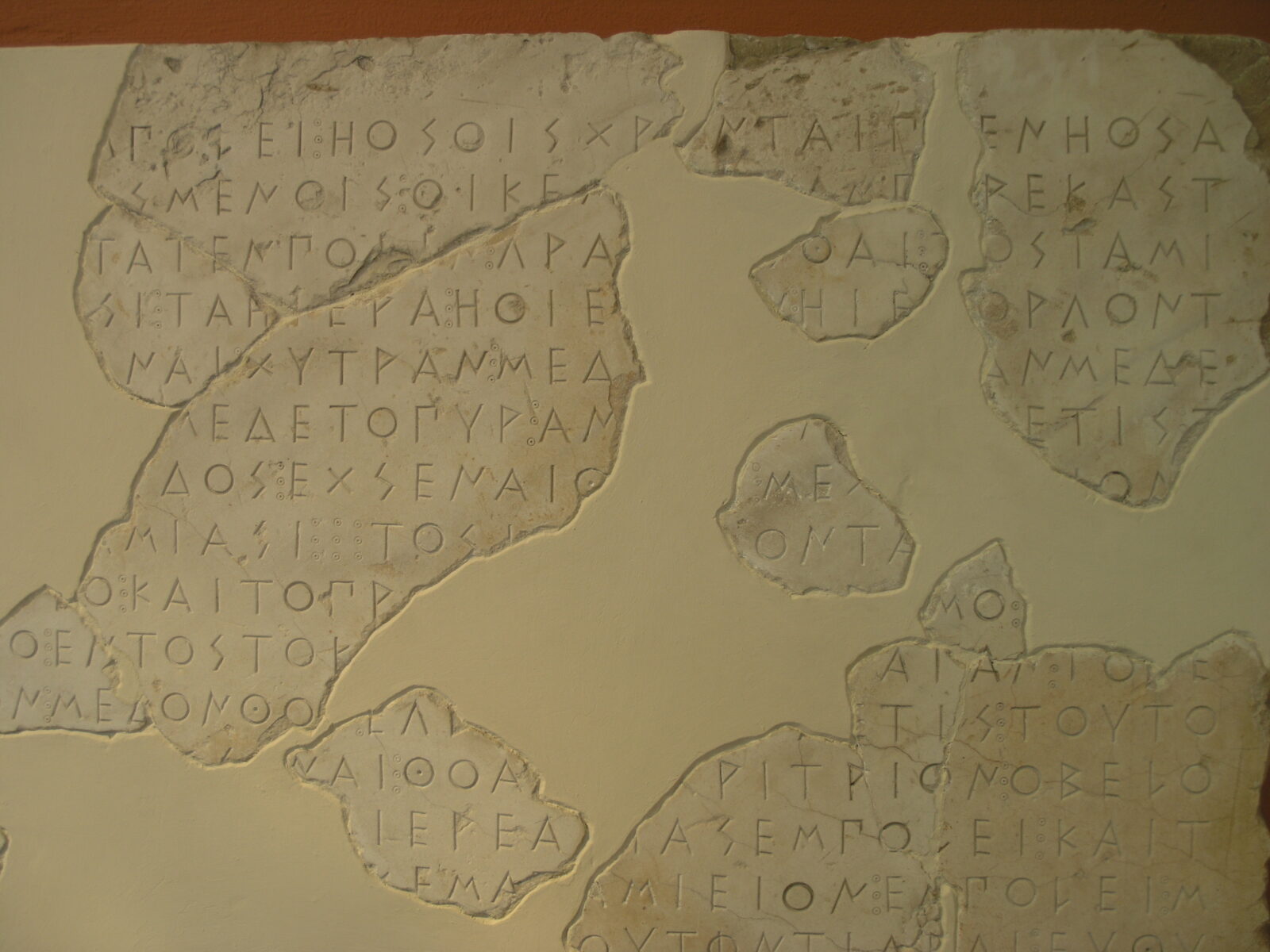Concluded Projects
The Hekatompedon decree: new inquiries
Janric van Rookhuijzen, Josine Blok
The Hekatompedon decree (IG I3 4) inscribed in 485/4 BCE is one of the most beautiful inscription extant from ancient Athens. Inscribed in two slabs of marble originally meant to be metopes but later used for this decree, the text is cut with perfectly styled letters and fine punctuation in a regular grid (stoichedon). Its contents, however, are highly enigmatic due to the inscription’s fragmented state and its reference to offices, buildings and cultic practices that cannot easily be identified or may have disappeared after the decree was made. The standard date of 485/4, too, has been recurrently debated.
Our inquiries into this decree take as a starting point the current physical reconstruction, in so far as possible, of the fragmented stones. Our questions pertain, first, to some of the proposed reconstructions of the text, in particular on slab B. Second, we investigate what the decree may tell us about the cultic and architectural topography of the Acropolis and about the respective provinces of the priestesses and other polis officials, notably the treasurers of Athena.

